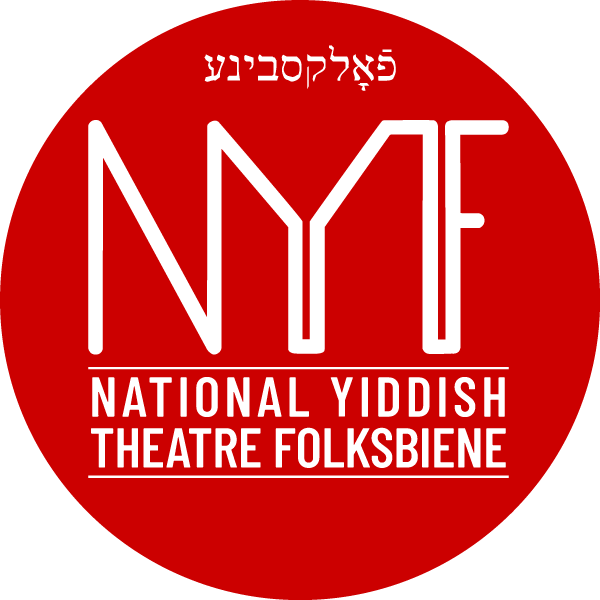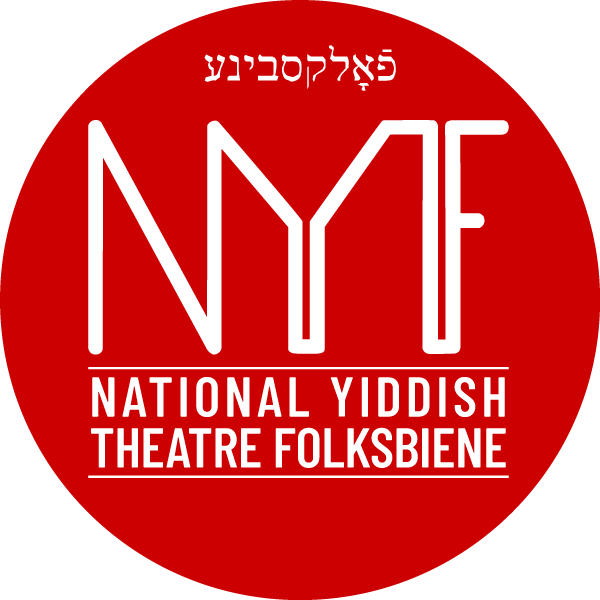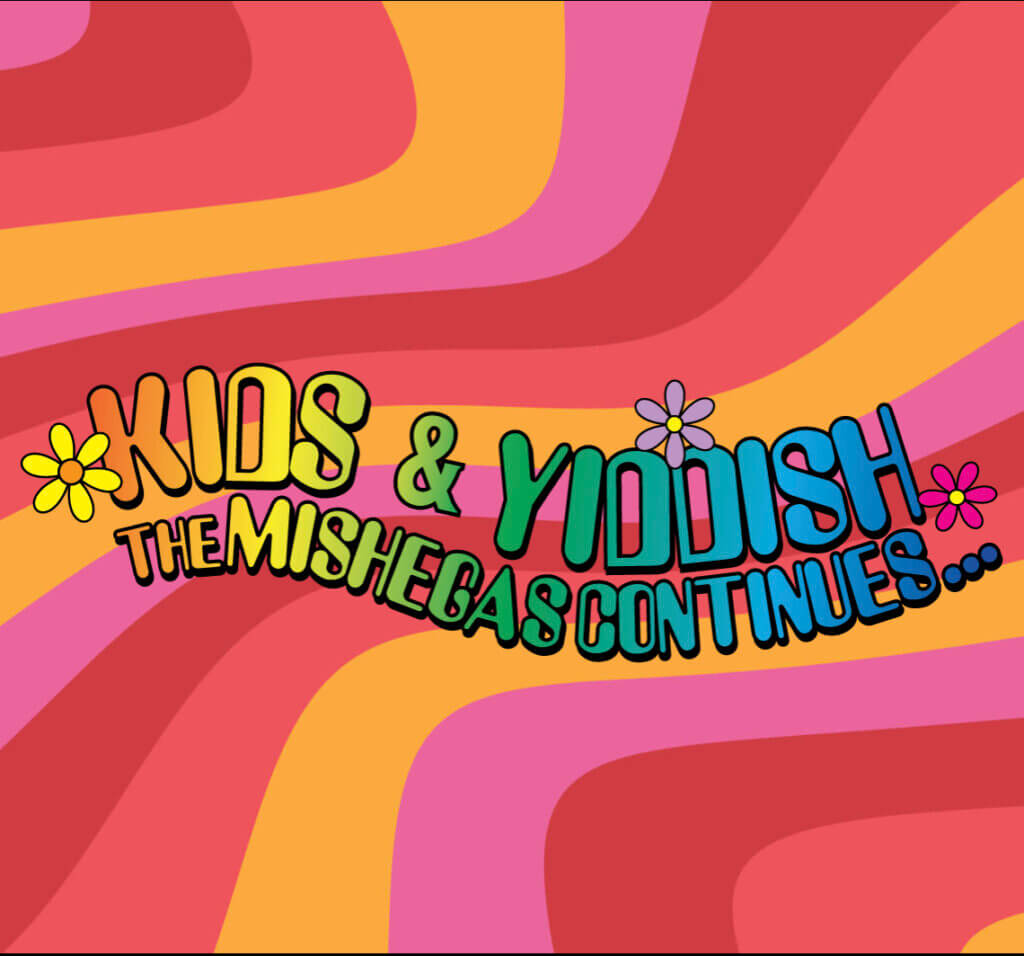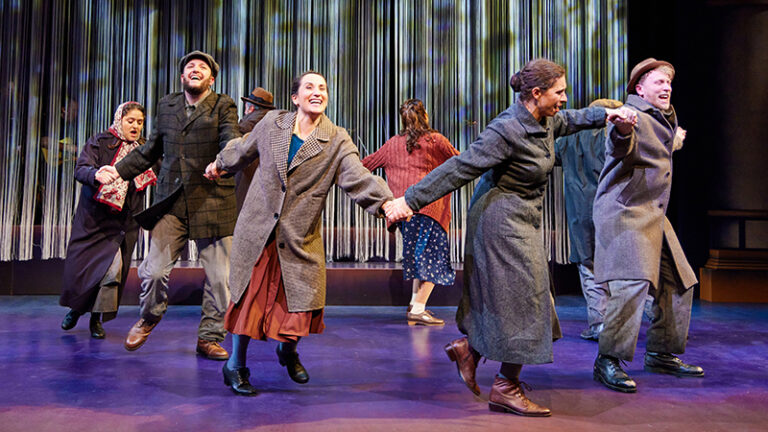We’re entering one of the most exciting times of the year: baseball playoffs season. You might be wondering, what does baseball have to do with the National Yiddish Theatre Folksbiene and our upcoming return production of Fiddler on the Roof in Yiddish? I definitely don’t recall them playing ball in Anatevka.
It all started with this image, posted on Twitter by MLB historian John Thorn:
Tevya at the Bat. Drawn for American Heritage magazine (undated) but seemingly unpublished; I am pretty confident about my identification of the artist as John Alcorn, who worked with Milton Glaser and Seymour Chwast at Push Pin Studios. (I own it.) pic.twitter.com/Ua76n0XlYA
— John Thorn (@thorn_john) August 25, 2022
The painting – of Tevye at the Bat – is based on the original Yiddish-language Sholem Aleichem Tevye stories, which were wildly popular with Jews worldwide. Putting Tevye into a context as American as baseball indicates a rising acceptance of immigrant Jews, in baseball and otherwise.
The story of Jews in baseball spans the entire history of the sport. Many people know about Jewish southpaw Sandy Koufax and his refusal to pitch on Yom Kippur in game one of the 1965 World Series, but in order to arrive at that point, there needed to be Jews who paved the way towards mainstream acceptance.
Jews’ acceptance into baseball mirrors Jews’ integration into the American mainstream. At first, Jewish players changed their names to avoid being found out, racialized, and targeted; later, Jewishness became almost a gimmick to fill bleachers in the show. “The Yankees, desperate to please their Jewish fans in the 1940s — their first Jewish player had been the one-gamer Phil Cooney — even persuaded Ed Whitner to use his stepfather’s name of Levy,” wrote Thorn in Chasing Dreams: Baseball & Becoming American. “‘You may be Whitner to the rest of the world,’ said general manager Ed Barrow, ‘but if you are going to play with the Yankees you’ll be Ed Levy, understand.’”
Koufax’s principles and faith stood out not only because he refused to assimilate to please the crowd, but because of the historical context in which he didn’t play on Yom Kippur. “It is now hard to imagine, but when Koufax and the Dodgers left Brooklyn for California in 1958, the Holocaust was thirteen years past, not yet safely distant in the rearview mirror,” Torn wrote. “Looking back now, nearly sixty years later, it may be hard for young Americans to grasp the resonance of a Jewish baseball hero at that time.”
The image of Tevye at the Bat falls in line with a beautiful truth inherent to baseball: that as long as somebody can hit a ball with a bat, they can be a hero, no matter who they are or where they come from. The same melting pot of American culture that created the diversity of baseball also allowed for something as special as Fiddler on the Roof to come out of a specific minority group and resonate with audiences worldwide. We certainly believe Tevye and his family have a story worth telling.
Get tickets to Fiddler on the Roof in Yiddish here!






